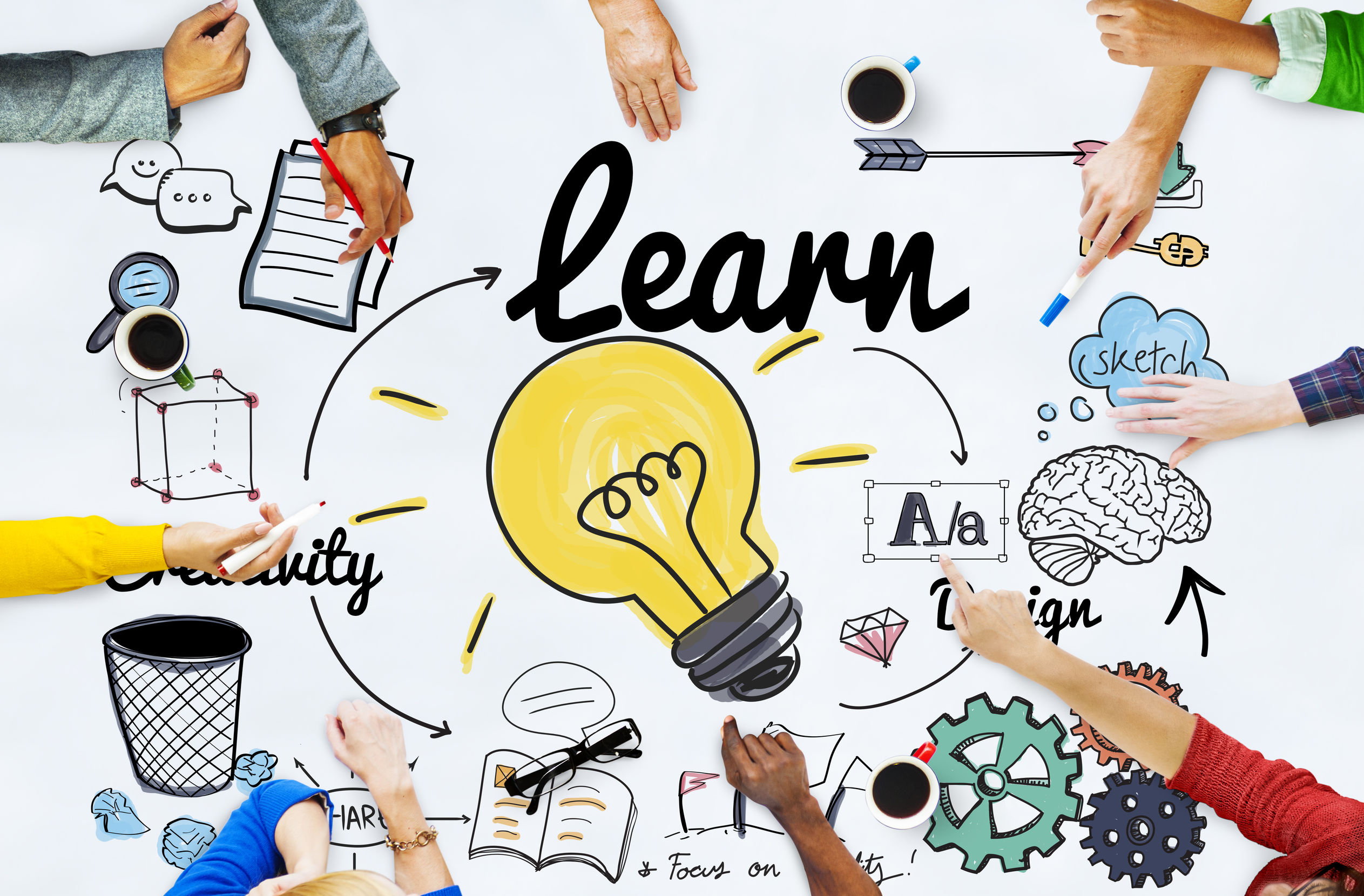Two Cents: Agility defines the future of L&D

In my last column in December 2020, I suggested that an organisation’s people will hold the key to whether organisational success can be achieved during the pandemic and beyond.
In the intervening months since, nothing has suggested otherwise; on the contrary, many organisations are now placing more emphasis than ever before on both engaging with and developing their employees.
At a time when work-from-home (WFH) remains a norm in many countries, and as organisations continue to exercise financial prudence, employees are increasingly being asked to perform multiple roles and duties.
To ensure that employees are equipped with key skills that can be applied across multiple roles and projects, reskilling and upskilling through continuous learning has become, by de facto, a mandatory requirement.
Even as a semblance of stability gradually begins to return to the workplace, it is clear that the world of world is unlikely to ever return to what it was pre-pandemic. This means that many key business functions will continue to be redefined, including learning and development (L&D).
With L&D fast becoming the focal point for HR leaders to drive organisational growth, and as organisations find themselves having to respond quickly to changes, any discussion around L&D in 2021 is likely to centre around a key aspect – agility.
Agile learning methodologies that focus on speed, flexibility, collaboration and communication are likely to find favour with L&D leaders this year, as they look to address any potential skills gap by ensuring that employees are rapidly reskilled.
Besides through acquiring skills, agility can also be demonstrated in how learning takes place. In other words, organisations have the opportunity to make learning ‘fun’ for their employees. As the digital transformation continues to accelerate in many countries, learning is gradually being shifted to a virtual environment.
This presents organisations with an opportunity to eliminate the old cliché that ‘learning is boring’ and create an immersive learning experience that is both vernacular and participative. For example, letting employees themselves have a say in designing learning modules that are visually appealing and are specific to the work that they are doing creates a sense of ownership, and enhances employees’ engagement with the learning process.
Or, as Heather Gilmartin Adams, Senior Analyst at RedThread Research, told HRM Asia Magazine recently, “Forward-thinking L&D organisations are focusing on empowering and enabling employees to develop, and not on providing all development opportunities themselves.”
Adams and her colleague, Dani Johnson, Co-Founder and Principal Analyst at RedThread Research, will be jointly making the keynote address at Learning Technologies Asia 2021, where they will be examining the key trends in learning and employee development.
Organised by HRM Asia, Learning Technologies Asia 2021 will take place from March 23-24, and will provide the platform for senior L&D professionals, business and HR leaders to discuss how organisations can develop their learning strategy to stay ahead, innovate and grow.
The event also marks the start of HRM Asia’s HR Leadership Series, which are designed to address the challenges and opportunities as organisations navigate through 2021. These including employee engagement and experience, change management and leadership, HR tech, workplace compliance, employee evaluation and assessment, compensation and benefits, talent management, and L&D, amongst others.
Clearly, one of the key priorities for many organisations today is to revisit their approach to L&D, with people at the heart of this transformation. While systems and technologies need to be put in place to ensure that L&D initiatives are successfully executed, it is equally important, if not more so, to equip workforces with the skills, learning experiences and development opportunities that will empower them to meet the challenges in a new normal.
Organisations that are able to successfully achieve these key objectives, are likely to be able to find the agility and responsiveness that will allow them to find success in 2021, and beyond.



